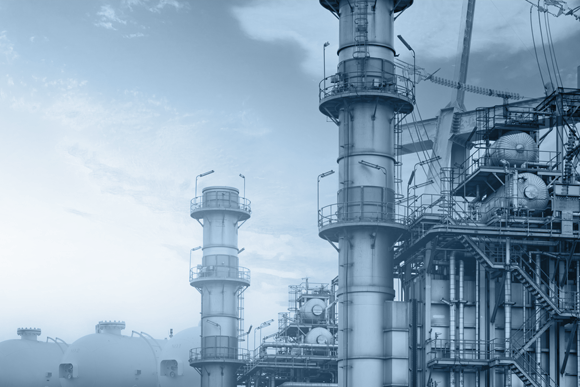
Octane boosting gasoline additives
Octane rating indicates the level of detonation in gasoline. If gasoline ignites before the intake valves have time to close and the cylinder reaches the top point, the engine not only runs inefficiently, but also experiences excessive stress leading to wear and tear, soot buildup and other problems. To remedy the situation, octane-boosting additives are widely used.
What is the point?
What to do when most car engines require gasoline with an octane rating of 95 or higher, at a time when such gasoline is extremely unprofitable to produce for economic reasons?
Raw gasoline has an octane number of 40 to 60, and additives are used to bring this number to the required level. It is noteworthy that these substances are very volatile and have a specific odor. On the one hand, gasoline with such additives is easy to recognize, but on the other hand — the octane number, brought to the required level, after some time decreases, because the additive volatilizes, because of which there are increased requirements to the container for its storage.
Modern octane-increasing additives for gasoline do not have many disadvantages of similar reagents that were used in the past. For example, they not only increase the octane number to the required level, but also reduce the amount of harmful substances: sulfur, water, etc. The combustion rate of the fuel is reduced, which means it burns completely and evenly, resulting in a more stable and durable engine.
The only limitation of high-octane additives is that they cannot be used on engines specifically designed to run on low-octane fuel.